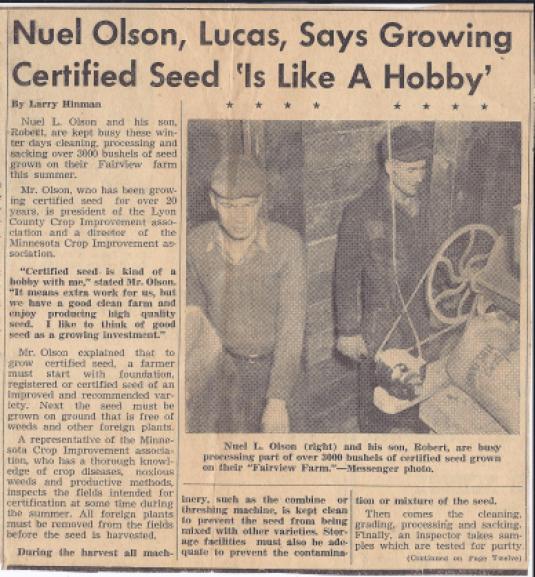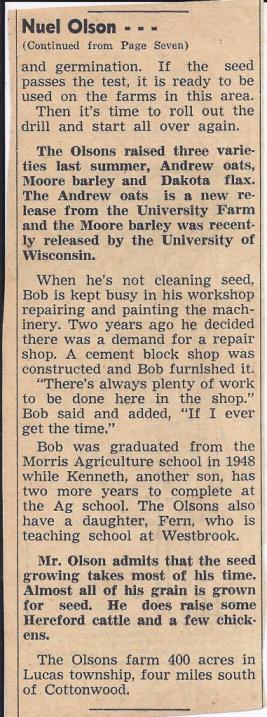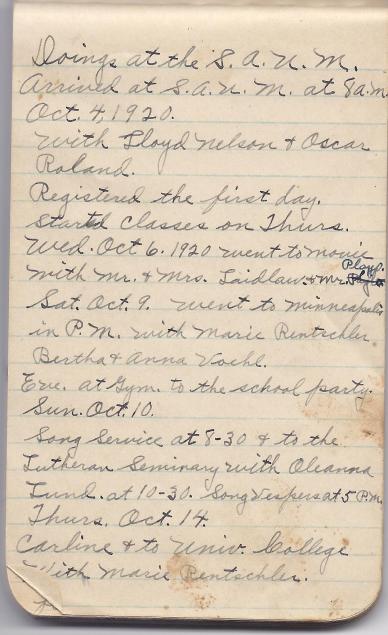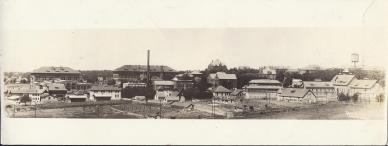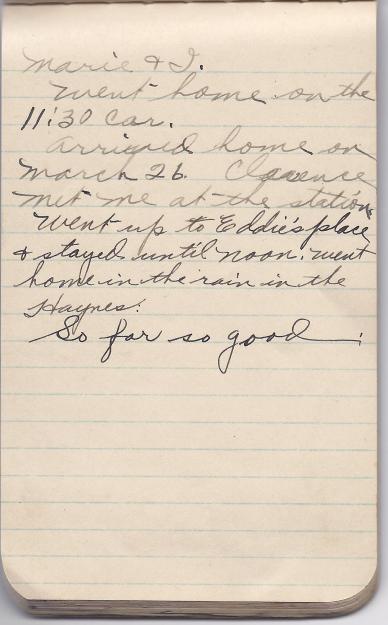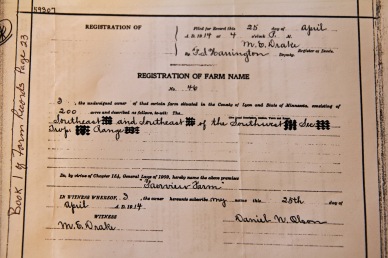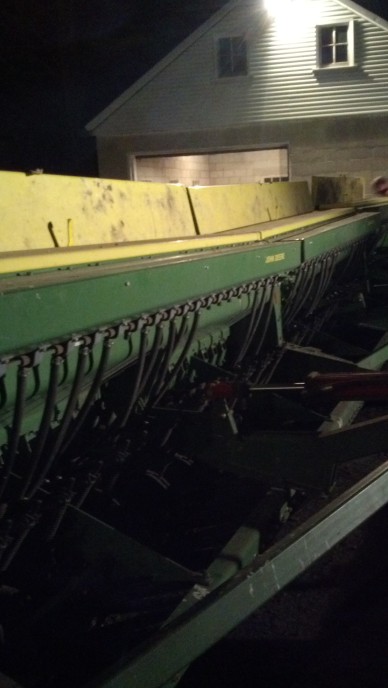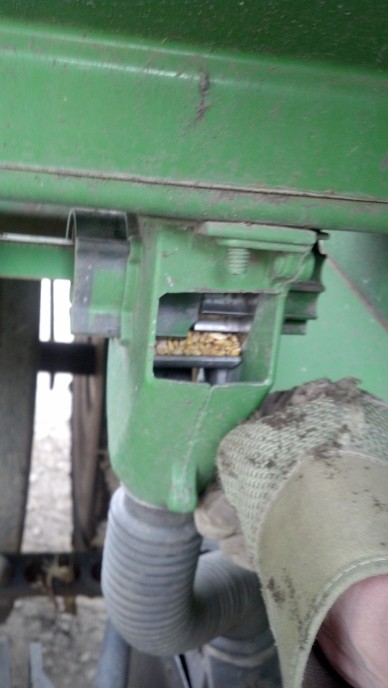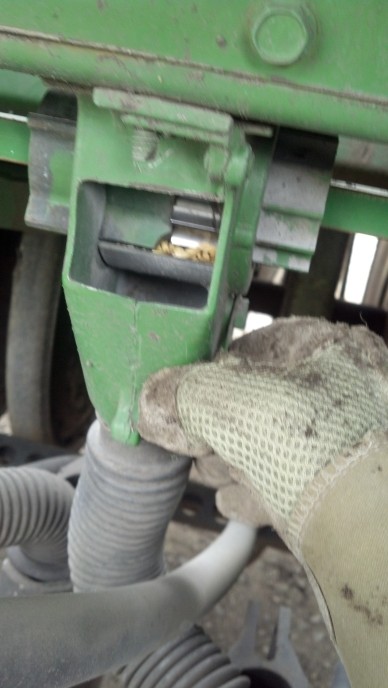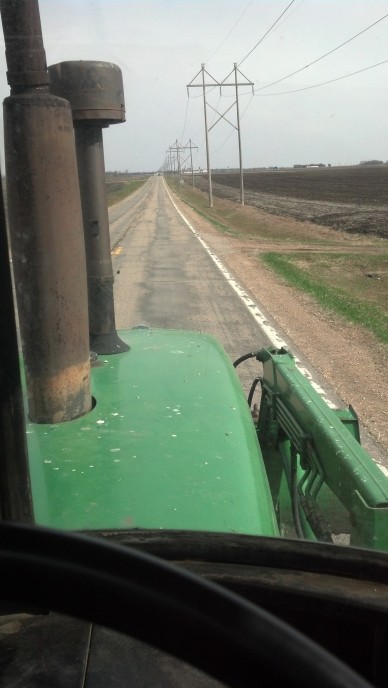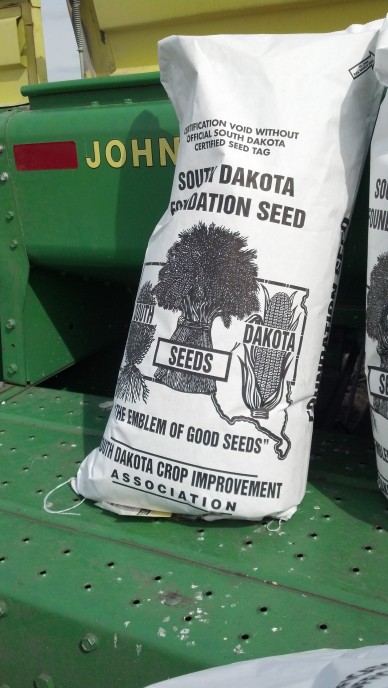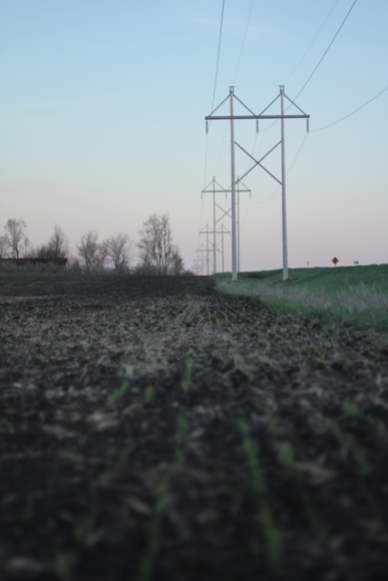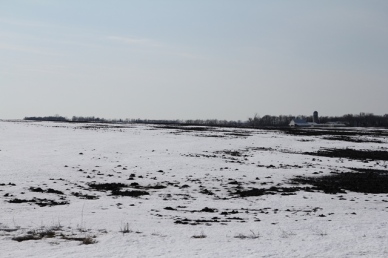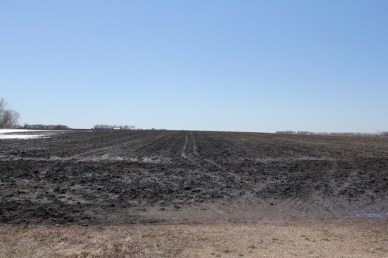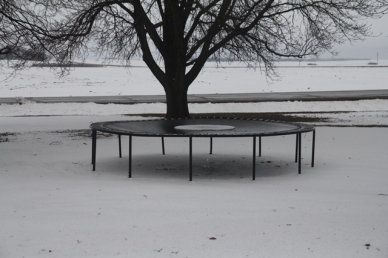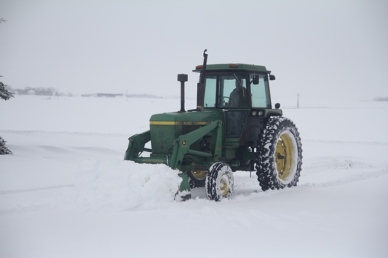In a past blog, I’ve talked about how we are following in Grandpa’s footsteps by raising seed. As we look at the history of our farm, and the men who have built it to what it is today, we find little gems that make us squeal with delight.
I may or may not have jumped up and down like a little girl when we found a newspaper article featuring Grandpa Nuel, and Uncle Bob. The article talks about what it takes to raise seed, and why they do it. It also talks about why Bob built the shop that still stands at our place.
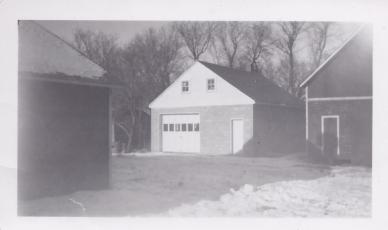
When I first read the newspaper article, the thing that struck me is how similar the seed production requirements are today as they were back in that time (we’re estimating the article was written around 1950). The author does a great job of explaining the whole process from planting, to harvest, to storage.
We live in a world where everything has to be the latest and greatest. If it is shiny, updated, loaded with features, we will do what we have to in order to get it. We “need” the software that organizes everything, the farm apps that keep cropping and livestock records, and iAnything to make our lives run efficiently. I will freely admit that I love my electronics!
Sometimes, though, we get little reminders that the “old” way isn’t as outdated as we thought. While our field inspectors may record things on their laptops, we still need the inspectors’ feet in the dirt, looking for things that could prevent us from selling our crop for seed. The process, as a whole, is solid. While we may have an easier time tracking lot numbers and field information with computers (and let’s be honest, hello printing capabilities! I can’t imagine hand writing out tags for 3000 bushels of seed!), the steps to go from seed to plant to grow to harvest to seed is still pretty good.
Like Grandpa is quoted as saying in the article below, we enjoy producing high quality seed. Some things never change.
(Click on the article to make it bigger)
